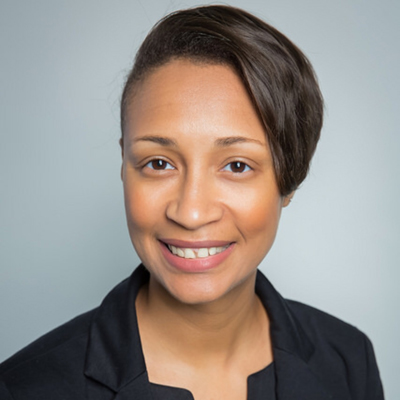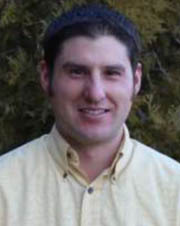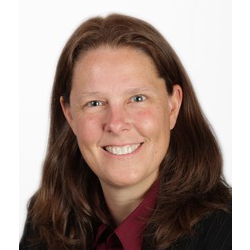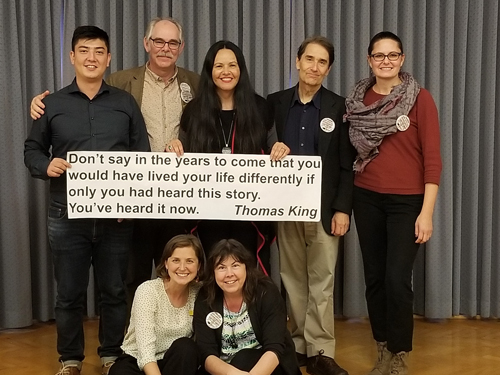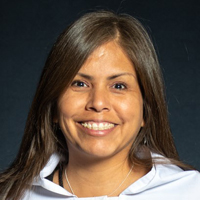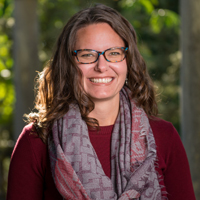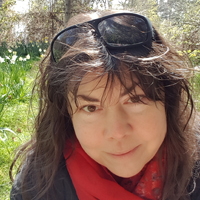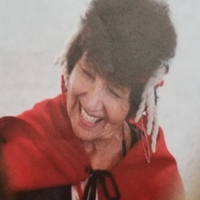
by Art Blume; epilogue by Joseph E. Trimble & Jean Lau Chin
30 April 2020
Share this article:
First, the acknowledgement: I am an Indigenous psychologist and not an expert on leadership. However, with that being acknowledged, I would suggest that the prevailing leadership model today may be more of a threat than a help in the global context. Using a common American metaphor, many of today’s leaders have difficulty seeing the forest for the trees. I would extend the metaphor by suggesting many leaders not only have trouble seeing the forest for the trees, they also have difficulty seeing how the trees and the forest are connected to the rest of the natural world through the air, the soil, and the water. Western-oriented leadership is frequently defined in individual and hierarchical terms. Power within this understanding of leadership tends to be highly centralized and trickles down through a hierarchy. Additionally, leadership tends to be focused on more proximal goals and outcomes mostly related to the self-interests of the constituents that the leader represents. My initial question is this: Why is leadership lost in the trees rather than leading with a vision of the interconnected whole that nourishes each tree?
If one assumes the centrality of self, then one would arrive at the conclusion that there would be billions of competing self-interests that must be considered in the present moment. Goodness, that seems to be an impossible task to consider. Two pathways of leadership might emerge from those overwhelming assumptions. A first pathway would be that a leader of a group representing certain common interests might see the need to successfully lead that group to a superior position of power and authority so that the group’s self-interested goals might be realized. This rise to a superior position would likely occur at the expense of others. A second pathway might be that a leader of a group representing certain common interests might align the constituent group with other groups that have similar interests. The elevation of the coalition’s interests would also likely occur at the expense of others. Historically, leaders have chosen both of those pathways, resulting in certain groups and their interests being devalued, neglected, and excluded. The consequences of self-interested leadership have been observed in immense inequities in health and healthcare, income and wealth, and in global challenges such as climate change and increasing numbers of immigrants and refugees (as described in detail in a forthcoming book The Psychology of Inequity edited by myself, Jean Lau Chin, and Yolanda E. Garcia, set to be published by Praeger).
There are other pathways for leaders to consider, but they cannot be walked as long as advancing and defending the interests of self or constituent groups is a defining standard of leadership. Wouldn’t it be more manageable to lead with a common interest to advance and defend the whole rather than leading billions of competing interests?
How can leaders leverage the resources of their entities to advance planetary wellbeing now and for future generations?
In my new book, A New Psychology Based on Community, Equality, and Care of the Earth (published earlier this month by Praeger), readers will find an alternative Indigenous worldview that suggests a very different pathway for leadership. Rather than assuming a compartmentalized world with discrete, individual entities with competing self-interests in which leaders are expected to advance and defend the self-interests of the constituents they lead, an Indigenous worldview focuses on the interdependence of the whole, suggesting a holistic vision of sharing and collaboration. This Indigenous model of leadership ascertains the common interests of the whole and aligns the activities of constituent entities with those common interests. Indigenous leadership has a much broader vision beyond the trees to what gives the trees life. With an interdependent perspective, an Indigenous leader does not wield power in competition of self-interests, but rather yields power in cooperation of collective interests. Indigenous leadership aims to align the activities of the constituent entity with advancing and defending the interests of the whole. You might ask, how can leaders leverage their constituent entities to advance the wellbeing of the whole? Or, more specifically, how can leaders leverage the resources of their entities to advance planetary wellbeing now and for future generations? Because of the interdependent nature of existence, advancing and defending the interests of the whole is ultimately the only way to ensure the safety and security of individual constituents — human and non-human.
A model of leadership formulated from an Indigenous worldview has strikingly different presentations than what is typically seen today in many Western-oriented societies. For one, leaders would assume egalitarian relationships with others that would diminish the likelihood of hierarchical interactions. In fact, leadership may rotate spontaneously by who has the expertise and the vision. What is referred to as authority is replaced by wisdom, respect, and humility. In other words, not just one would lead — all would lead in ways that would benefit the whole. There will be coordinators or facilitators but not bosses. Such a model of leadership could accelerate the downfall of hierarchical leadership that has contributed to so many inequities over time. All entities would warrant egalitarian respect and value as equal partners of the whole, radically altering the quality of the interactions between different entities. Leadership would be valued by its legacy of advancing and defending the common interests of the whole. Productivity would be defined by advancing and defending others more than advancing and defending self. Another difference would be how performance might be evaluated. Processes would be as important as the outcomes themselves, to prevent self-interests from overruling concerns for the whole. Processes would be evaluated by their equity and outcomes evaluated by their sustainability.
I respectfully suggest that an Indigenous model of leadership would have a broad vision of responsibility, altering the goals of competition from self-advancement to advancement of the whole, serving to reduce conflict and enhance cooperation and inclusion, and providing the foundation to overcome the intergenerational inequities and global challenges we face together. Leading in this way might be transformational for constituents and non-constituents alike.
Epilogue
The typical leadership styles of traditional American Indians provide a good illustration of the differences that exist between conventional forms of leadership style that prevail in the Western world. While we may never know how traditional Indian leadership practices and styles existed pre-European contact, and, as Linda Sue Warner and Keith Grint (2006) point out, “indigenous leadership styles encompassed a continuum of styles that defy any simple reduction” (p. 232), there is enough information available to list the essential and important elements (American Indian Research and Policy Institute, 2005). The core value for the traditional American Indian leadership style is a strong belief in connectedness; that is, everything is connected to everything else. A firm and unquestioned commitment to spirituality, the sacredness of all life, and respect for all that exists and existed sets in and around the leader. American Indians did not view spirit and spirituality as objects to be set apart from life; they believed that spirituality and the sacred are inclusive of all that is and can be. Those who demonstrated strong leadership skills and talents usually were thought to have a stronger sense and respect for the spirit and the sacred than others.
Art Blume asks us to reexamine our mindsets toward a transformational leadership style and approach. Following this approach he suggest that “an Indigenous model of leadership would have a broad vision of responsibility, altering the goals of competition from self-advancement to advancement of the whole, serving to reduce conflict and enhance cooperation and inclusion, and providing the foundation to overcome the intergenerational inequities and global challenges we face together.”
In this culturally rich framework traditional leaders placed a high premium on respect, which carried over in the discussion and deliberation process. The leader’s goal was to achieve consensus; achieving that laudable goal was tedious and time consuming. The process represented the leader’s deep respect for connectedness. In honoring the connectedness of all things, the leader recognized that a decision could never be ordered or imposed on the community and village. Most often, the decision and outcome were respected by the elders and community and village members in large part because all voices were thought to have been heard, valued, and considered.
With a few exceptions, American Indian leaders of the past did not seek the distinction or appointment; they did not campaign or pursue community support. In some instances, leaders emerged because of their hereditary lineage; however, the leader may have been reluctant to assume full and complete responsibility. Leaders typically embraced strong positive values such as generosity, respectfulness, kindness, integrity, and trustworthiness. When leadership responsibility and direction was requested of them, they acknowledged their responsibility tacitly knowing that they had to set a strong positive example for those to observe and follow. Firmly developed positive values were essential in honoring the connectedness and relation- ships in the community or village.
Traditional leaders made it a point to engage the community and village in all the discussions, especially the ones that needed serious attention. Many leaders would spend their time visiting with families and elders, often spending a great deal of time with them. In effect, they saw their leadership appointment as “a sphere of influence that must be contextualized” (Warner & Grint, 2006, p. 231); most did not believe their role was a formal, coveted, delegated position. Moreover, they tended to see their role primarily as a facilitator and promoter of community values, traditions, beliefs, and interests (Badwound & Tierney, 1988).
In carefully considering Art Blume’s observations and suggestions, the task of contemporary leadership is further made difficult because existing models of leadership do not match the emerging challenges of the administration of human affairs. It is increasingly evident that new types of leadership are required if we are to equally match the skills of leadership and governance with the needs and demands of evermore informed and disaffected citizenry.
References
American Indian Research and Policy Institute. (2005). Traditional American Indian Leadership. A report prepared for the American Indian Research and Policy Institute, St. Paul, MN.
Badwound, E., & Tierney, W. G. (1988) Leadership and American Indian Values: The Tribal College Dilemma, Journal of American Indian Education 28(1), 9–15.
Warner, L.S. & Grint, K. (2006) American Indian Ways of Leading and Knowing. Leadership, 2(2), 225-244.
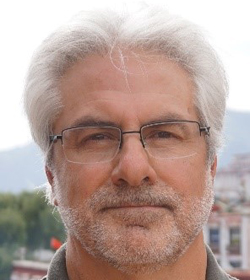
Arthur (Art) Blume, an American Indigenous psychologist, is Professor of Clinical Psychology at Washington State University and President of Division 45 of the American Psychological Association (APA), the Society for the Psychological Study of Culture, Ethnicity, and Race. He has been honored with the Joseph E. Trimble and Jewell E. Horvat Award for Distinguished Contributions to Native and Indigenous Psychology, a Rockefeller Foundation Academic Writing Fellowship, as a President’s Professor at the University of Alaska Fairbanks Center for Alaska Native Health Research, as APA fellow in Divisions 45 and 50, and as past president of the Society of Indian Psychologists.

Jean Lau Chin, EdD, ABPP is a professor at Adelphi University in New York, and was the 2018 Fulbright Scholar and Distinguished Chair to the University of Sydney, Australia for her research on global and diverse leadership. She has held leadership roles as Dean at Adelphi University, Systemwide Dean at Alliant International University, Executive Director of South Cove Community Health Center and Co-Director of Thom Mental Health Clinic. Her scholarship on diversity leadership, women’s issues, diversity and cultural competence, and psychotherapy includes 18 books and many publications. She is the first Asian American to be licensed as a psychologist in Massachusetts.
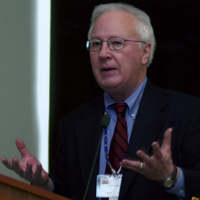
Joseph E. Trimble, PhD, is Distinguished University Professor, Department of Psychology; and Research Associate, Center for Cross-Cultural Research at Western Washington University. His career has focused on promoting psychological and sociocultural research with indigenous populations, especially American Indians and Alaska Natives. A highly decorated teacher, Trimble has held offices in many associations and received the Lifetime Distinguished Career Award from the American Psychological Association’s Division 45. Outside the academy, he has served on numerous scientific review committees and research panels for federal agencies such as NIAAA, NIH, and National Academy of Sciences, among others. He has presented over 180 papers and invited addresses and generated over 150 publications, including 22 authored or edited books.


